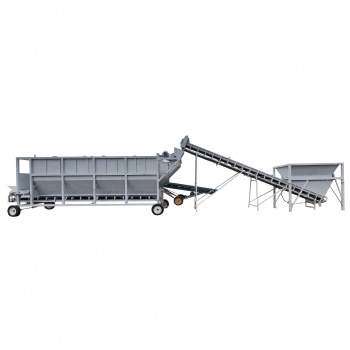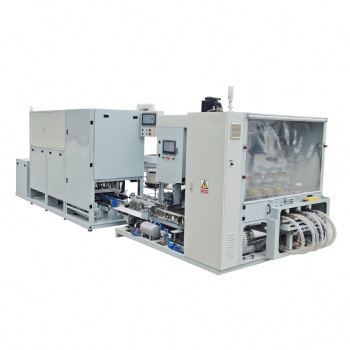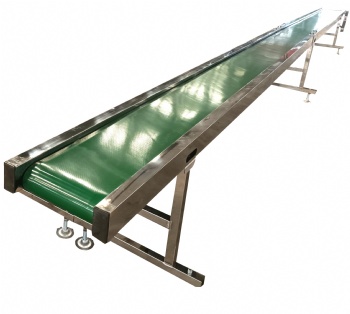News
Sterilization Requirements for Hericium erinaceus Stock and Cultivar Media

Sterilization eliminates all microorganisms (including spores) via physical/chemical means; moist heat sterilization is used for Hericium erinaceus, relying on high-temperature steam to denature microbial proteins. Heat-resistant spores (e.g., Bacillus) require higher temperatures or longer durations for complete elimination. 1. Autoclave Sterilization - **Application**: Mandatory for stock cultures; widely used due to effectiveness against all microorganisms (including spores). - **Equipment**: Horizontal/vertical autoclaves with large capacity. - **Parameters**: 127°C (0.15 MPa) for 2.5 hours (critical for high-bacterial, dense media like cottonseed hulls/sawdust to ensure steam penetration). - **Key Notes**: - Expel cold air at 0.05 MPa to avoid "false pressure." - Arrange items with space for steam circulation to prevent uneven heating. - Exhaust slowly (especially above 0.05 MPa) to avoid damage; cool slightly post-sterilization before removal. - Protect cotton plugs with waterproof paper and dry using residual heat to prevent wetting.
2. Normal Pressure Sterilization
- **Application**: Not recommended for stock cultures; allowed only for cultivar cultures. - **Limitations**: High energy consumption, excessive moisture in media (harmful to mycelia), and wet cotton plugs (increasing contamination risk). - **Parameters**: Maintain 100°C for 12–16 hours in a normal pressure stove.
Categories
Contact Us
- +86 15093267083
- +86 15093267083
- amy@zzbelead.com
- +8615093267083




